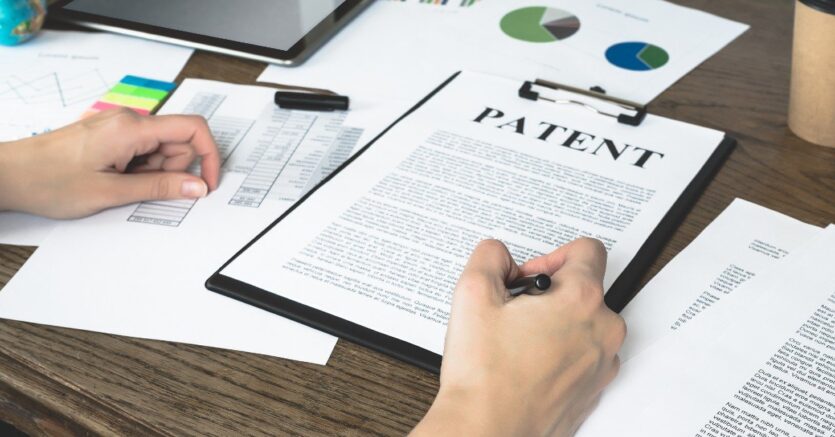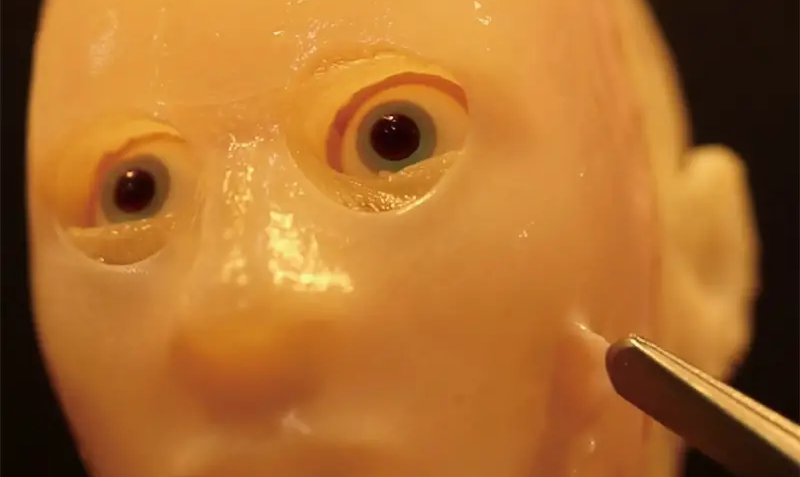Harold Cohen developed the first artificial intelligence “artist” in 1970, when AI was growing by leaps and bounds. He was a well-known painter in England and became fascinated with computer technology and what it could mean for the artistic world. He traveled to the University of California to learn more about programming, eventually becoming so knowledgeable that he was hired as a professor.
This article was written by Zac Amos and originally published by Unite.AI.
It was during that time that he developed AARON, a computer program that could produce artwork. Though the programming was simple — it could only follow established rules Cohen defined — the results shook the computer engineering and artistic worlds.
Programmers took AARON’s initial concept and expanded on it as computer technology advanced. Companies like OpenAI have created image-generating software and made it open source. Anyone can ask it to create an image and the program will create it.
Today, image-generating programs have taken the internet by storm. However, there’s a brewing conflict between humans and machines — not necessarily physical, but rather in the legal sphere.
The Complications of Copyright Law
One of the controversies surrounding AI art is the issue of copyright. Congress passed the Digital Millennium Copyright Act in 1988, establishing a notice-and-takedown system for copyright owners. This gives them the right to inform and remove any representation of their works for which they did not give explicit permission.
However, copyright laws often conflict with other regulations, such as the Fair Use doctrine. Fair Use is defined as a doctrine that promotes expressive freedom by allowing unlicensed use of copyrighted material in some instances. These include criticism, comment, news reporting, research and academic activities.
You might wonder why AI artists get hit with copyright infringement when creating original works. The truth is this art may not be that original after all.
How Image Generation Software Works
The heart of the issue lies in how AI learns. Machines need patterns made from preexisting data to replicate them. Usually, this means human programmers provide information for the AI to work with. However, image-generating software uses the internet to find this.
Consider how DALL-E produces images. The program will ask you to describe the image you want to make in the text. For example, let’s say you want a picture of Han Solo and Jean-Luc Picard fighting on the moon. Those are the parameters the program has to work with. However, an AI must first learn about the subject, unlike a human, who knows what Han Solo, Jean-Luc Picard and the moon look like.
The program looks through its database of millions of images taken from the internet and tries to match the phrases used in the parameters. Once it finds the most relevant ones in the database, it deconstructs them into data and reconstructs them into the picture it believes you asked for.
Copyright Law vs. AI Artists
If that all sounds exceptionally complex, remember that was just the basic summary. However, the key takeaway is that the images this AI software uses to learn were made by artists whose work can be found on the internet.
This is the area artists claim is open to a copyright dispute. A group of artists launched a lawsuit against the companies responsible for creating DALL-E and other popular image-generation software. They claim these companies are profiting from the works of millions of artists, which were obtained and used to train their AI programs without their permission.
They are building their case based on growing concerns that people can use AI technology to completely replicate an artist’s style and work. For example, an art student having problems managing commitments and juggling schoolwork might turn to other methods to finish projects in time — and AI programs are there, ready to allow students to create and pass off computer-generated work as their own.
Another incident months before the lawsuit brought this issue into the spotlight. Hollie Mengert, a concept artist working for Disney, was shocked to find that her online portfolio had been used as a learning tool for the AI image generator Stable Diffusion.
Mengert has a unique illustration style that she refined throughout her years of art school and working with Disney. Now, anyone who is not an artist by trade can create any image in her style through Stable Diffusion. She feels as if her privacy has been invaded. Her work is being used without her consent and creating new art that people can profit from.
The Conflict Continues
In defense of his actions, the user who uploaded Mengert’s portfolio to Stable Diffusion stated that his use of her work falls under Fair Use. What is the limit of Fair Use regarding art published on the internet? Do the companies that run DALL-E and Stable Diffusion need the original artists’ consent or does this fall under simple computer research?
This question has legal experts split down the middle. Some believe there is precedent for a copyright infringement case and regulation on this new technology is required. Others believe that what this technology is doing is perfectly legal.
The only certainty is that artificial intelligence will continue to evolve and become more widespread.





